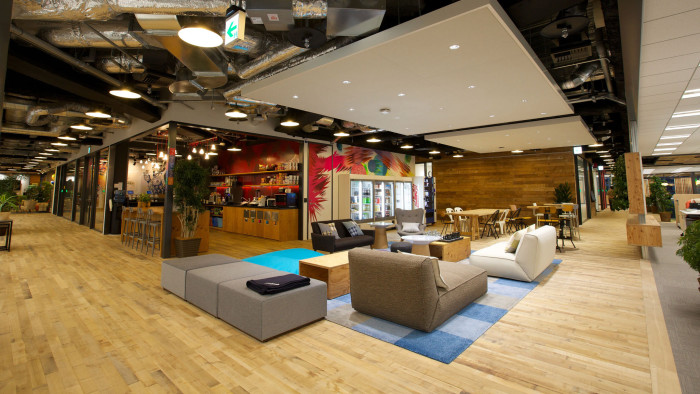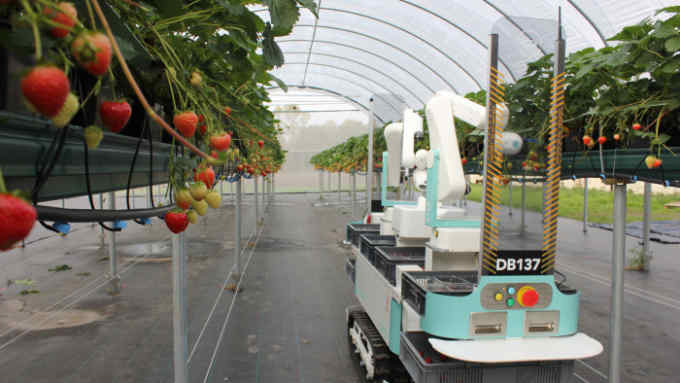‘Death of the office’ exaggerated despite homeworking boom

Simply sign up to the Artificial intelligence myFT Digest -- delivered directly to your inbox.
The Covid-19 lockdown has forced millions of employees to adapt to working remotely, with the trend expected to continue well after the pandemic subsides.
More than half of US adults want to work from home permanently, according to an IBM survey, while three-quarters would like to at least occasionally swap the office chair for the kitchen stool.
Companies such as Facebook and Twitter are moving towards making working from home the norm — a shift enabled by artificial intelligence-driven telecommuting.
“The web has given us unprecedented access to information and knowledge that we struggle to process,” says Carl Benedikt Frey of Oxford university’s Future of Work programme. “When we perform a Google search, for example, AI is getting increasingly good at filtering down the best ideas, which was previously a key function of in-person interactions. In the future, it might also serve to match innovators and potential collaborators at distance.”
With the increase in homeworking broadening their use, video conferencing tools such as Microsoft’s Teams, Slack, Zoom, Skype and others are harnessing AI technologies to improve their offerings. Skype, for instance, says it uses algorithms “trained in human form detection” to keep video users in focus while they communicate with others and ensure its background blur targets the right areas.
There are also advances in security, given that working from home can expose employers’ networks to hacking. The worldwide cyber security market grew almost 10 per cent year-on-year in the first quarter of 2020, “as investment was boosted at the end of the quarter by organisations securing new remote workers in the early stages of lockdown in response to Covid-19”, according to data from research group Canalys.
“A lot of companies are still working physically and need to get access to crucial documents,” says Alexandre Grellier, co-founder and chief executive of Frankfurt-based Drooms, a document exchange digital platform that uses AI to help companies access confidential information securely.
“In classical companies these documents are in a binder in a locker . . . Advances in machine learning technologies have enabled companies like Drooms to develop tools that assist in creating more efficient digital workflows and replacing their analogue equivalents,” he says. “New technologies can speed up manual, repetitive tasks and handle document-related reminders and notifications about important deadlines.”
However, homeworking can also cause mental stress, with many employees noting “video call fatigue” and craving real human interaction. A survey by Monster, the jobs website, found that more than 50 per cent of respondents who are teleworking due to the pandemic are experiencing burnout.

The lockdown will accelerate the development and use of AI tools to monitor and manage the mental wellbeing of remote workers, says Lee Howells, automation and AI expert at PA Consulting, a management consultancy.
“Automated calls are able to detect signs of depression in staff by tracking sentiment in voice and language, as well as levels of engagement and focus through monitoring typing speed, rhythm and force,” he says. “This technology has the potential to act on this information by suggesting breaks or downtime to employees, helping organisations manage the mental health of their workforce remotely.”
Such deficiencies mean predictions for “the death of the office” are premature, Mr Frey argues. “There is a reason why there are different clusters in cities (financial ones, artistic ones and even technological ones). These places benefit from the movement of staff between companies and the inspiration that comes from randomly talking to people within physical clusters.”

Comments